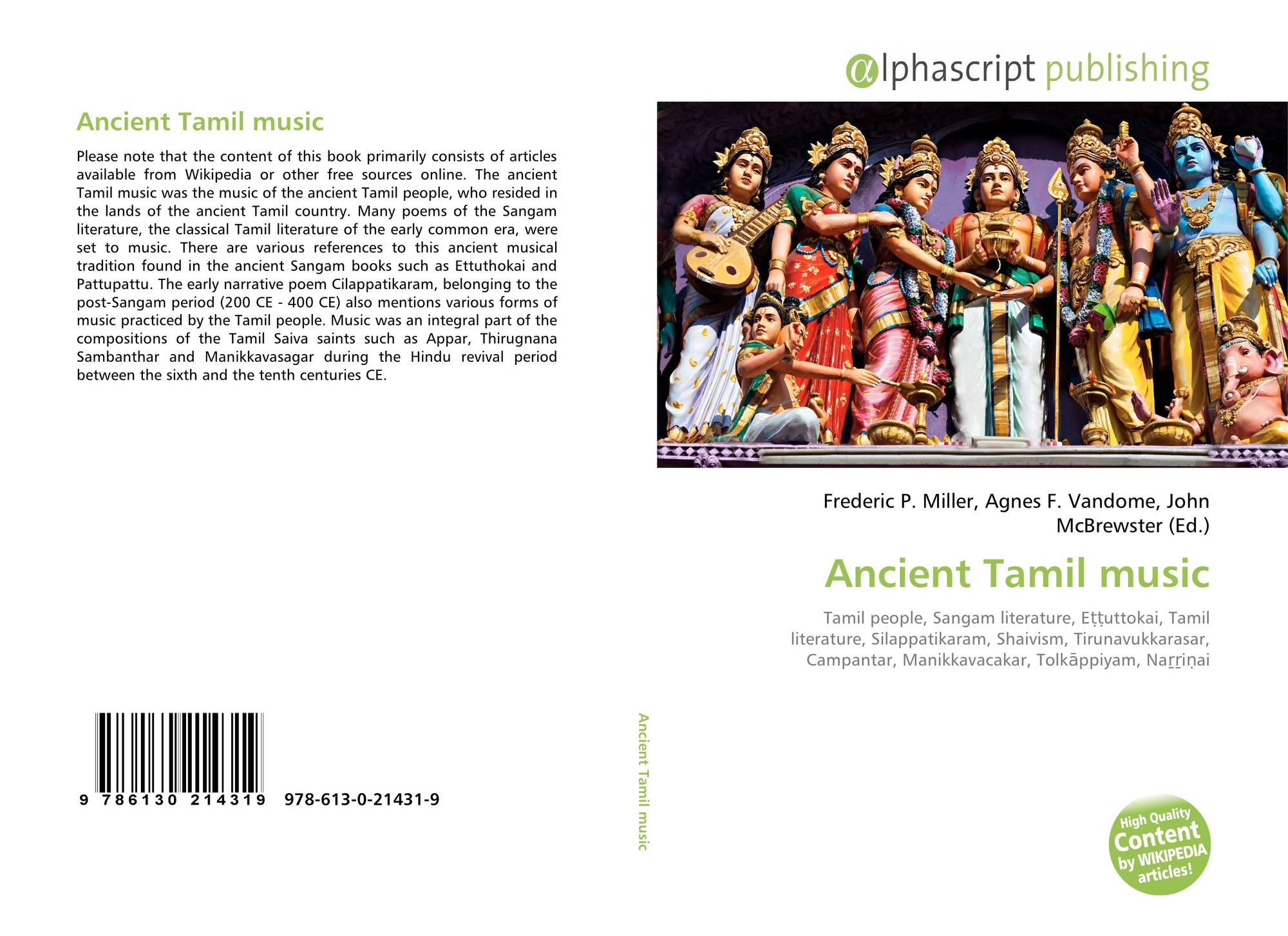

The Thillai trees of the nearby Pichavaram wetlands, the second largest mangrove forest in the world, extends to the temple area. The mangrove forests houses the ancient Thillai trees (Exocoeria agallocha) surrounding the shrine. The traditional name of the temple complex, Chidambaram Thillai Nataraja-koothan Kovil.

The Chidambaram Mahatmiyam composed during the 12th century provides the subsequent evolution and Sanskritization of cults.Ĭhidambaram is one of the many temple towns in the state which is named after the grooves, clusters or forests dominated by a particular variety of a tree or shrub and the same variety of tree or shrub sheltering the presiding deity. Manikkavasagar is said to have attained spiritual bliss at Chidambaram. Manikkavasagar, the 10th century saivite poet has written two works, the first called Thiruvasakam (The sacred utterances) which largely has been sung in Chidambaram and the Thiruchitrambalakkovaiyar (aka Thirukovaiyar), which has been sung entirely in the temple. The works of the first three saints, the Thirumurai were stored in palm leaf manuscripts in the temple and were recovered by the Chola King Rajaraja Chola under the guidance of Nambiandarnambi. Sundarar commences his Thiruthondar Thogai (the sacred list of Lord Shiva's 63 devotees) paying his respects to the priests of the Thillai temple - "To the devotees of the priests at Thillai, I am a devotee". Thirugnana Sambanthar has composed two songs in praise of the temple, Thirunavukkarasar aka Appar eight songs in praise of Nataraja and Sundarar one song in praise of Nataraja.

The temple and the deity were immortalized in Tamil poetry in the works of Thevaram by three poet saints belonging to the 7th century - Thirugnana Sambanthar, Thirunavukkarasar and Sundaramoorthy Nayanar. There is reference to the temple or the town in Sangam literature of the first to fifth centuries and the earliest mention is found in Tamil literature. He constructed a hall for recitation of Thevaram hymns and engraved the hymns in copper plates. Naralokaviran, the General of king Kulothunga Chola I was responsible for building a shrine for child saint Thirugnana Sambanthar and installed a metal image inside it. Donations of gold and jewels have been made by various kings, rulers and patrons to the temple from 9th to 16th century - including the Maharaja of Pudukottai, Sethupathy (the emerald jewel still adorns the deity). Gold and riches to the temple were donated by Rajaraja Chola's daughter Kundavai II while Chola king Vikrama Chola (1118-1135 A.D.) made donations for the conduct of the daily rituals. Kings Rajaraja Chola I (reign 985-1014 A.D.) and Kulothunga Chola I (1070-1120 A.D.) made significant donations to the temple. The golden tiled roof for the Chitrambalam (the vimanam) was laid by the Chola King Parantaka I(907-950 CE) following which he was given the title "Thillaiyambalathhukku porkoorai veiyntha thevan", meaning the one who constructed the golden roof.

The temple's earliest structures were designed and erected by ancient craftsmen called Perunthakkan. The main complex is dedicated to Shiva Nataraja and the complex contains shrines to deities such as Shivakami Amman, Ganesh, Murugan and Vishnu in the form Govindaraja Perumal. The temple complex is spread over an area of 40 acre in the heart of the city.


 0 kommentar(er)
0 kommentar(er)
